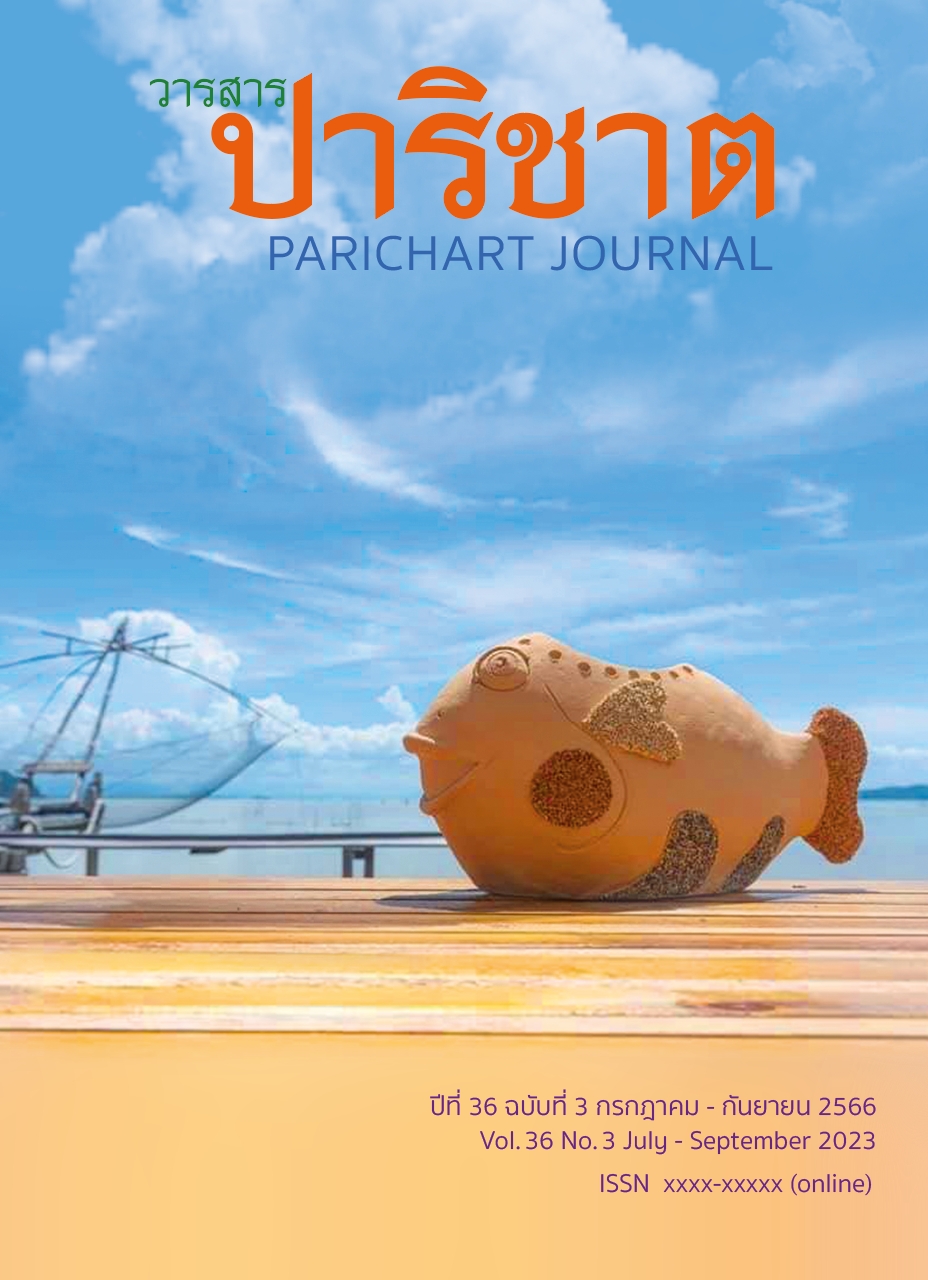Doctoral Music Composition: The Panchromatic Sound Synthesis of the Iconic Utopia for Electric Bass and Acoustic Soundscape Ensemble
Main Article Content
Abstract
This composition was inspired by Utopia book envisaged by Sir Thomas More. The composer blended with the cubism art style, the golden ratio, the Fibonacci sequence, the jazz music and electric bass techniques as its foundation. The aims were: (1) to create music composition, (2) to compose music placing the electric bass in a major role featuring electric bass techniques, (3) to compose music for electric bass and acoustic ensemble performance, and (4) to establish a music identity that goes to national and international levels. The electric bass was the main melodic line. The music composition was the culmination of an extensive reading of works in the field of music for theoretical framework, review of research articles, reading of related literature from books, journals, electronic media, and other resources. Analysis and synthesis of the accumulated body of knowledge were made, after which the composition process evolved. The process employed Sebelius music program. This facilitated the writing of an academic article on the work for publication. The composition process resulted into four parts: Part I: The Paradoxical One, Part II: The Golden Section, Part III: The Iconic, and Part IV: The Future. The composition used seven musical instruments for ensemble: Electric bass, Piano, Drum sets, Trombone, Alto saxophone, Soprano saxophone and Trumpet. The duration of the composition was set at approximately 30 minutes.
Article Details

This work is licensed under a Creative Commons Attribution-NonCommercial-NoDerivatives 4.0 International License.
References
Bunyakul, K.T. (2020). Utopia. Bangkok: Arrow Multimedia Co., Ltd. (in Thai)
Chanthawong, S. (1983). Utopia. Bangkok: Thai Watana Panich Press Co., Ltd. (in Thai)
Falbo, C. (2005). The Golden Ration a Contrary Viewpoint. The College Mathematics Journal. 36(2), 123-134.
Meisner, G. (2018). The Golden Ratio. New York: Race Point Publishing.
Livio, M. (2002). The Goden Ratio. New York: Random House LLC.
Has Suwassa. (2021). Western Art History and Design: Handout. Rajapha Yala University. (Copy document) (in Thai)
Hanwen, J. (April 20, 2019). The “Cubism” Element of Polyphony in Debussy’s Piano Prelude. https://webofproceedings.org/proceedings_series/ART2L/ICALLH%202019/ICALLH19014.pdf
Black, J., & Molinaro, A. (2001). The Fender Bass: An Illustrated History. Milwaukee, Wisconsin: Hall Leonard LLC.
] Milkowkski, B. (2005). Jaco: The Extraordinary and Tragic Life of Jaco Pastorius. London: Backbeat Books Publishing.


